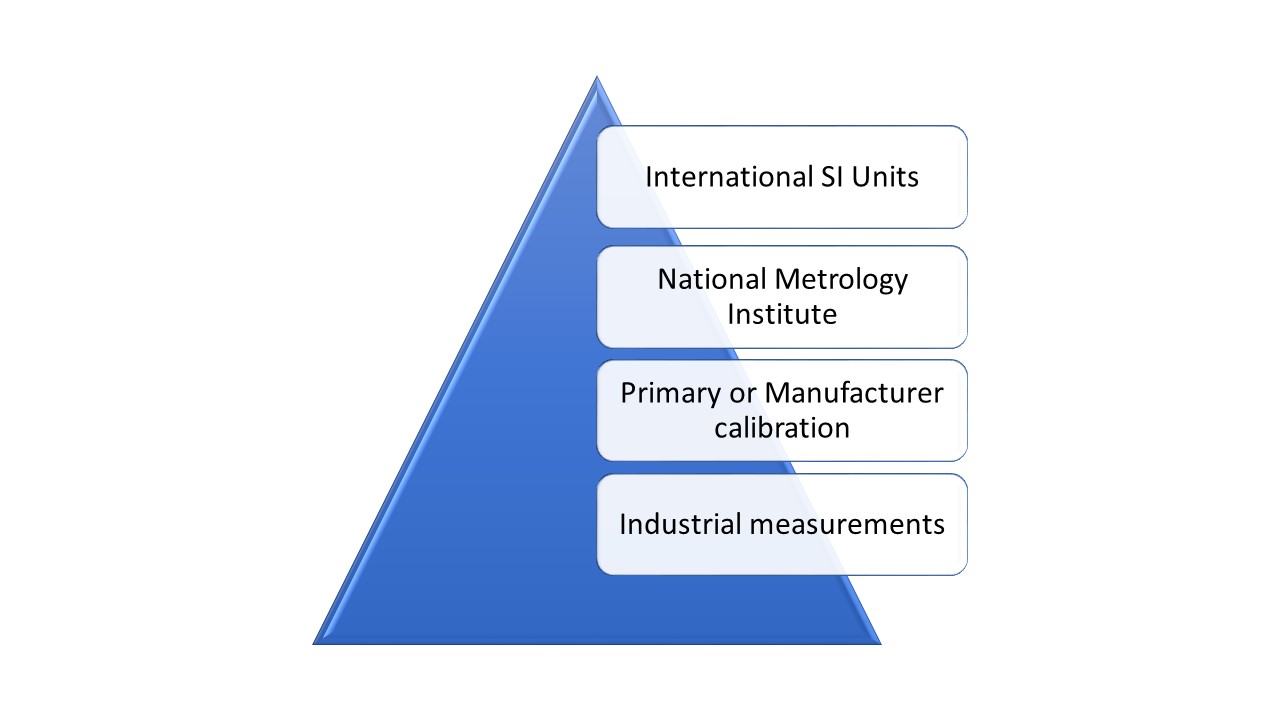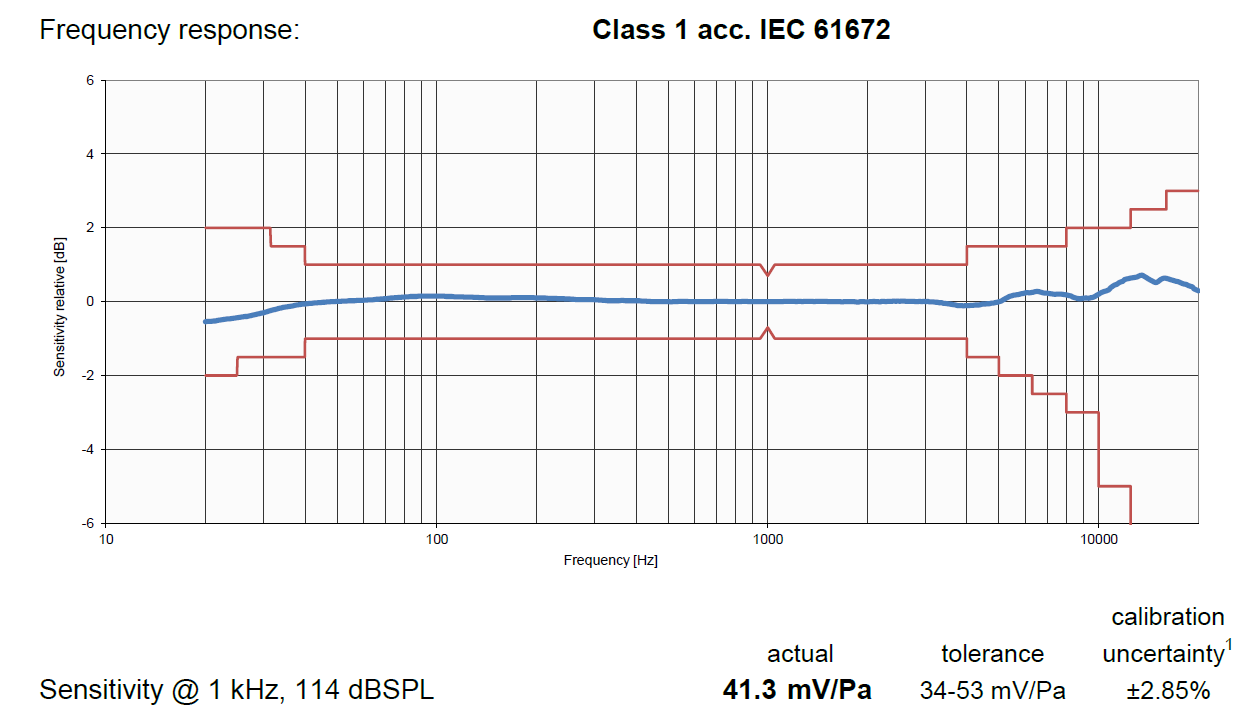Measuring correctly requires compliance to the rules of the appropriate standard, and choosing the correct measurement parameters, configurations, etc. It means that the instrument must measure within the correct range, the microphone sensitivity is set, the correct frequency band resolution, test signal measurement duration, positioning of the measurement device are selected… , and so on.
Delivering meaningful measurement results means that a large amount of measurement data is interpreted and summarized into relevant smaller data, and visualized in a comprehensive measurement report. It might also mean that explicable outliners are identified and excluded from the series of measurements. Having meaningful measurement results to hand helps in making objective decisions.
Taking accurate measurements means that the numbers you get are acceptably close to the “true” value of a measurement. To ensure this, it is necessary to calibrate the measurement device. Calibrating involves comparing a measured value against that measured with a measurement device of known higher accuracy. The same requirement for calibration applies to the device of known higher accuracy itself. The complete chain of calibrating devices must be traceable up to the top - usually an international standard, such as SI Units.
 Simplified measurement traceability pyramid
Simplified measurement traceability pyramid
For tracability, the details of all measurement equipment used in a calibration process are listed in the calibration certificate (example of a Sound Level Meter calibration certificate).
Since there is no absolute accuracy, there are classifications of accuracy, where the measurement results are individually specified with upper and lower limits.

Microphone class 1 specification according to IEC 61672
In summary, while getting “correct” and “meaningful” results relies mainly on the actions of the operator of the measurement device, the “accurate” part relies fully on the test & measurement device having the necessary accuracy classification; certified by the calibration process. Due to aging of the measurement device, environmental influences, mechanical stress and other factors, it is highly recommended to repeat the calibration process periodically as recommended by the manufacturer of the measurement device, or the implemented quality control standard.
It’s important to realize that all three aspects (correct, meaningful and accurate) are required. As with one weak link in a chain, if one of the three is missing, the measurement is useless.